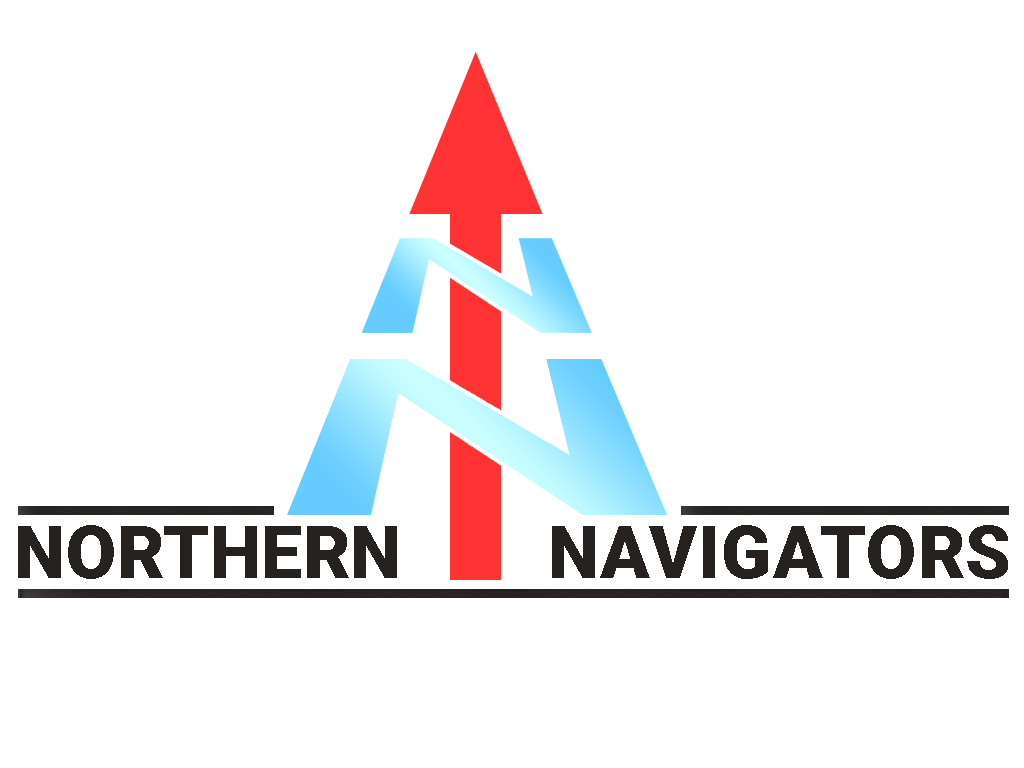The best way to find out about orienteering is to go to an event and try a course. There is no need to have any coaching or practice beforehand (although it is a bonus if you can) – first-hand experience is still the best way to try out the sport. There are various types of event on offer and all will have courses suitable for beginners. Orienteering events are most commonly held on Sunday mornings, with the peak season being between September and May. However, there are also many other types of event, including evening events held midweek during the summer months, and urban street orienteering events held during the winter.
Events are classified by size as Major / International, National, Regional or Local (previously Level A to D). Local events are usually the smallest. National level events and above are organised by age class, but at Regional and below, events will offer a set of courses that are categorised by a colour system so that you can judge how difficult a given course will be. They start with White and Yellow for youngsters and beginners and progress through several others to Brown and Black, which are the longest and hardest.
What happens on the day of an event?
You should find directions to the event, along with any other details such as timings, on the website of the organising club. Events will be signposted and the event details will indicate where from. Look for red and white signs with arrows on them!
When you get to an event the first thing to do is to find the “Registration” area. This is usually to be found in a building or a large, open tent so should be fairly obvious, but at smaller events it may be run out of a car (which should have a few signs on it!). They will tell you details of the courses on offer, including the length of course as well as the “difficulty” of the navigation required on a scale of 1 (easy) to 5 (hard).
Beginners are recommended to do easy or medium courses on their first few attempts. You make think the easier courses seem quite short, but navigating using an orienteering map takes a bit of practice – you can always try the longer courses when you have got the hang of the easy ones!
At your first few events, it is always recommended that you ask for help and advice from one of the organising officials, who will be only too happy to help you. If you cannot find an official, ask anyone at all – orienteers are a friendly bunch and will always take the time to help newcomers.
When you register, at all but the smallest events, you will usually be given your hired, electronic timing SI card (or “dibber”) – this usually takes the form of a small red plastic chip, which you can attach to your finger by an elastic loop. This will be used to record your time at each of the checkpoints on the course. Most regulars buy one in time.
Once you have registered, and changed into your kit, you will need to make your way to the “Start” – this will always be signposted from the car park. When it is your turn to start you will pick up the map, and away you go!
